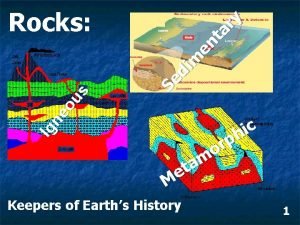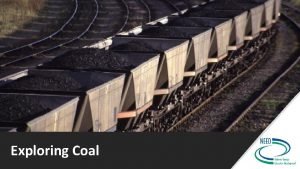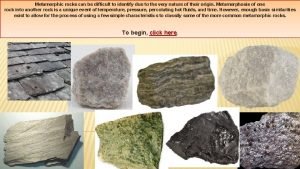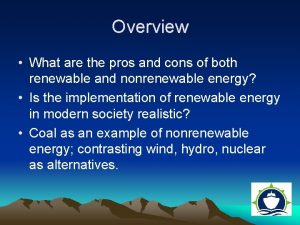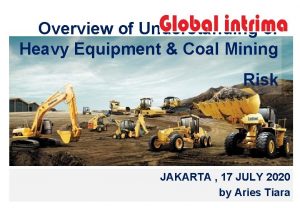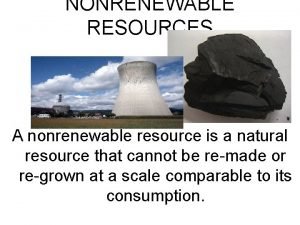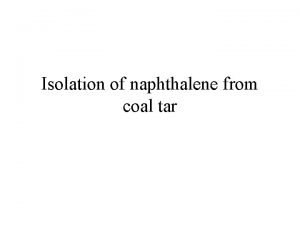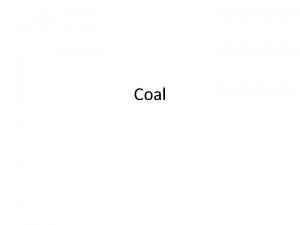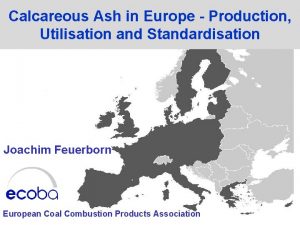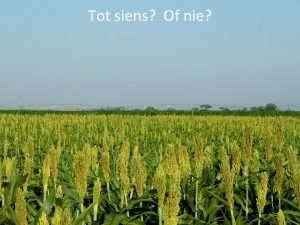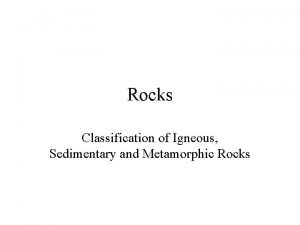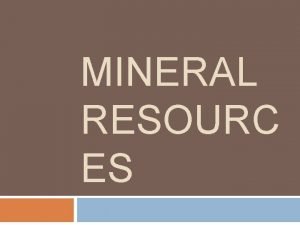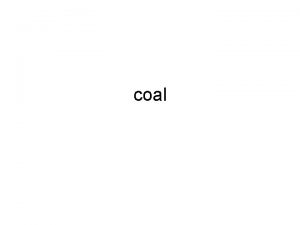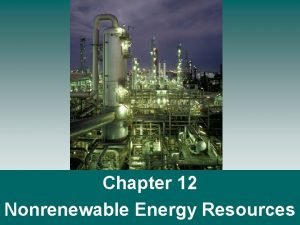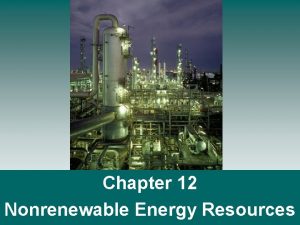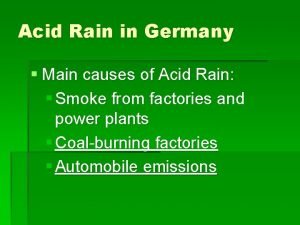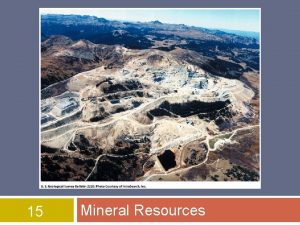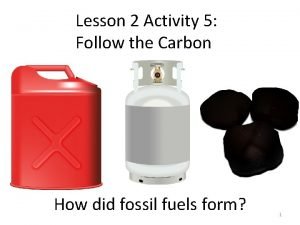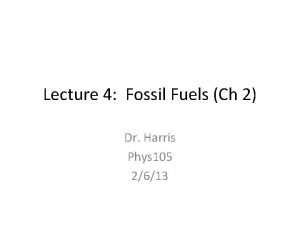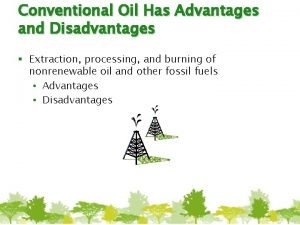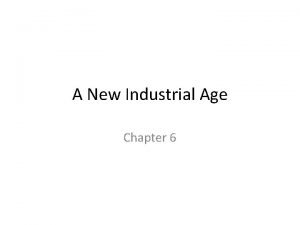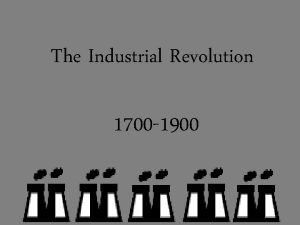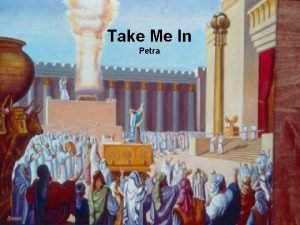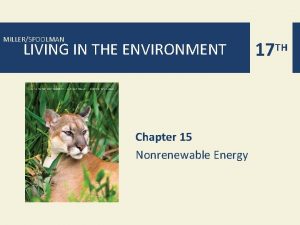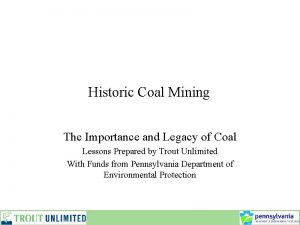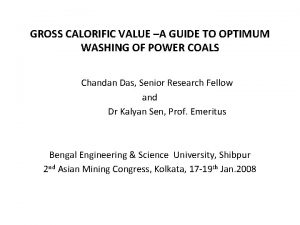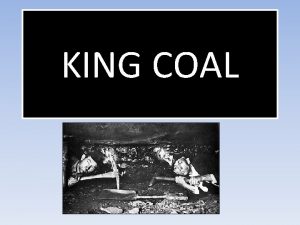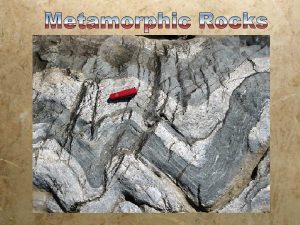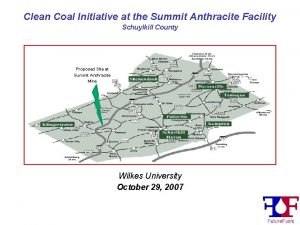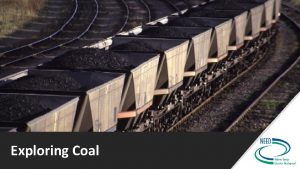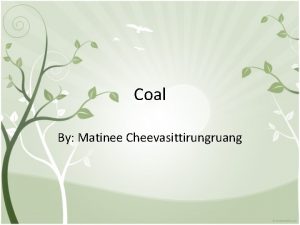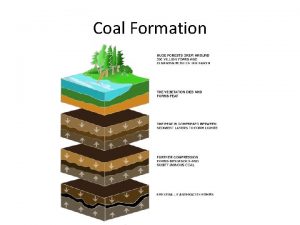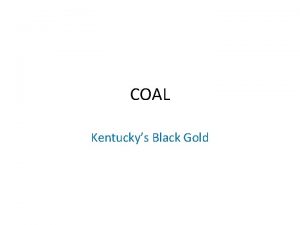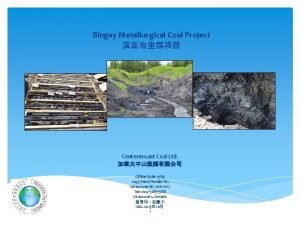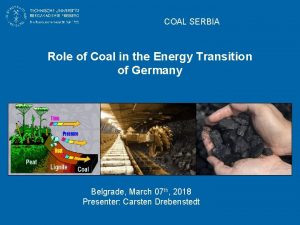Coal Types of Coal Anthracite is coal with

















































- Slides: 49

Coal


Types of Coal Anthracite is coal with the highest carbon content, between 86 and 98 percent, and a heat value of nearly 15, 000 BTUs-per-pound. Most frequently associated with home heating, anthracite is a very small segment of the U. S. coal market. There are 7. 3 billion tons of anthracite reserves in the United States, found mostly in 11 northeastern counties in Pennsylvania.

Bituminous The most plentiful form of coal in the United States, bituminous coal is used primarily to generate electricity and make coke for the steel industry. The fastest growing market for coal, though still a small one, is supplying heat for industrial processes. Bituminous coal has a carbon content ranging from 45 to 86 percent carbon and a heat value of 10, 500 to 15, 500 BTUs-per-pound.

Subbituminous Ranking below bituminous is subbituminous coal with 35 -45 percent carbon content and a heat value between 8, 300 and 13, 000 BTUs-per-pound. Reserves are located mainly in a half-dozen Western states and Alaska. Although its heat value is lower, this coal generally has a lower sulfur content than other types, which makes it attractive for use because it is cleaner burning.

Lignite is a geologically young coal which has the lowest carbon content, 25 -35 percent, and a heat value ranging between 4, 000 and 8, 300 BTUs-perpound. Sometimes called brown coal, it is mainly used for electric power generation.

http: //www. uky. edu/KGS/coal/webcoal/pages/coalming. htm

“Coke Ovens Burning at Night” Oil on canvas by Roman Verostko

Working the coke ovens was a hot and hard job. This is an oven in PA.

Coal Camps • Life in the coal camps varied, depending on the “benevolence” of the companies and the fluctuations of the coal market. • Lynch KY was build by US Steel in 1917 for its captive mine.

Lynch KY, 1918

Main Street, Lynch KY, 1919

Central office and bath house, Lynch KY

• Benham was built by International Harvester in 1911. • Coal was coked and shipped to the steel mills in Chicago.

Benham KY, 1935

Rows of coke ovens in Benham

• Jenkins KY was build by Consolidation Coal Company after having purchased 100, 000 acres in Pike, Letcher and Floyd Counties. Main Street, 1920


Wise County Coal Camps

Stonega, built by Stonega Coal and Coke


• Labor was the “variable capital” which could be cut during the economic downturns that have always plagued the industry. • Control of labor was of primary concern to the owners and operators. • The company received rent on the housing, and could evict any worker and his family who was “trouble. ”

• Miners were paid in “scrip” which could only be redeemed at the company store.

• They were treated by company doctors and led in worship by company preachers. • They were paid by the amount of coal they dug and loaded. They would be docked for slate or rock found in the load. • Companies also engaged in “cribbing, ” using cars that actually held more coal that the miners were paid for.

• Low pay, cheating on wages due, high prices for goods at the company store, high rents, and poor safety conditions all contribute to the labor wars in the coalfields. • The Knights of Labor, the National Miners Union, the International Workers of the World, and the United Mine Workers of America (founded in 1890) all participated in attempts to organize the Appalachian coal fields.

• In 1902 the UMWA achieved its first success in the Kanawha-New River coalfield. The operators organized and hired Baldwin. Felts to break the union. • In April, 1912, miners on Paint Creek in Kanawha Co. walked off, demanding: • recognition of their constitutional rights to free speech and assembly • an end to blacklisting union organizers • alternatives to company stores • an end to the practice of using mine guards • prohibition of cribbing • installation of scales at all mines for accurately weighing coal • unions be allowed to hire their own checkweighmen to make sure the companies' checkweighmen were not cheating the miners. • the right to organize

• The miners were evicted from their homes. They set up their own tent camp. • Organizers, including Mary Harris “Mother” Jones, came to the support of the miners.

• Several battles ensued between agents of the companies and miners. National Guardsmen were called in three times. • Mother Jones was arrested and placed on trial. • Gov. Henry Hatfield finally issued a resolution that ended the strike, giving the miners a nine hour day, the right to shop outside the company stores, the right to their own checkweighmen, and the end of discrimination against union members.

• The next major battle began in 1919 in Mingo and Logan Counties. Law enforcement, with company paid deputies, harassed suspected union men. • In the Spring of 1920, non-union miners in Mingo Co. went on strike. Union membership grew rapidly. • At the famous Matewan Massacre, chief of police Sid Hatfield stood down Baldwin-Felts.

• The Battle of Blair Mountain followed. • Union membership in southern WVA did not recover until the National Industrial Recovery Act of 1933. • The Harlan County mine wars took place from 1931 -39. • There the issues were similar, but the Harlan Co. Coal Operators Association was the most anti-union of the lot.

• The Brookside mine strike against Duke Power occurred 1973 -74. It is documented in Harlan County, USA and celebrated in Showtime’s Harlan Co. Wars. • The last major strike was against Pittston Coal in 1989.

Breaker boys at a PA mine

• The mechanization of mining is the current threat to the continuation of a significant work force. • It is also creating a major threat to the environment of the coalfields.

Continuous miner


Scoop

Roof bolter



Drill

Dragline

Shovel and hauler

Dozer

A mountain top removal (MTR) job in progress.

In MTR, the overburden is dumped over the side of the mountain.

A valley fill created by MTR

• From the 1950’s through the 1970’s opposition to surface or strip mining grew. • The Buffalo Creek Disaster was a turning point. On February 16, 1972, a dam belonging to Pittston Coal Co. broke. 118 persons died. 4000 were left homeless.

http: //www. vcn. com/~wma/coalfrm/coalfrm 1. htm

This surface mine in Wyoming has a 60 -foot seam of coal. http: //www. mine-engineer. com/mining/coalsrf 1. htm
 Anthracite coal foliated or nonfoliated
Anthracite coal foliated or nonfoliated What is the composition of coal
What is the composition of coal How to identify metamorphic rocks
How to identify metamorphic rocks Larox dm dual media electrolyte filter
Larox dm dual media electrolyte filter An abundance of coal an irregular coastline
An abundance of coal an irregular coastline Where does coal form
Where does coal form Cons of coal
Cons of coal Coal mining process
Coal mining process Wildlife protection act
Wildlife protection act Naphthalene chemical name
Naphthalene chemical name Pros about coal
Pros about coal Stages of coal formation
Stages of coal formation What the most abundant fossil fuel
What the most abundant fossil fuel Children working in coal mines
Children working in coal mines Ashmasters chimney service inc
Ashmasters chimney service inc Repleneshed
Repleneshed Alex coal pmv
Alex coal pmv What do we use coal for
What do we use coal for A whale bone that originally contained 200 grams
A whale bone that originally contained 200 grams Coal tot
Coal tot Is coal a sedimentary rock
Is coal a sedimentary rock Clastic sedimentary rocks
Clastic sedimentary rocks Coal strip mining
Coal strip mining Coal oil
Coal oil Coal advantages
Coal advantages Coal advantages
Coal advantages Coal advantages
Coal advantages Coal and acid rain
Coal and acid rain Coal strip mining
Coal strip mining Coal candy with hammer
Coal candy with hammer Coal formation
Coal formation Coal formation
Coal formation Coal formation
Coal formation Who organized coal miners their wives
Who organized coal miners their wives Underground coal gasification
Underground coal gasification Achronims
Achronims Coal spreadbetting
Coal spreadbetting Coal fired boiler efficiency calculation
Coal fired boiler efficiency calculation Coal beds
Coal beds Coal is a solid fossil fuel formed from plant remains
Coal is a solid fossil fuel formed from plant remains Black as coal figurative language
Black as coal figurative language Will using coal power in just
Will using coal power in just How to make a tinder bundle
How to make a tinder bundle Take me into the holy of holies petra
Take me into the holy of holies petra Sedimentary igneous rocks
Sedimentary igneous rocks What is coal
What is coal Coal, oil
Coal, oil What was coal formed from
What was coal formed from How was coal formed
How was coal formed Calorific value of coal
Calorific value of coal
